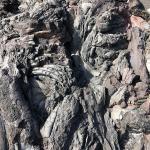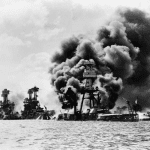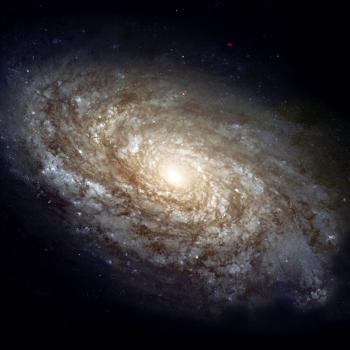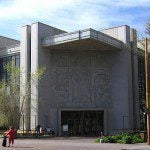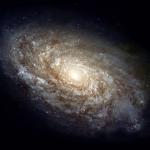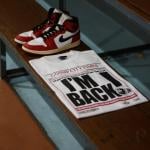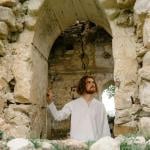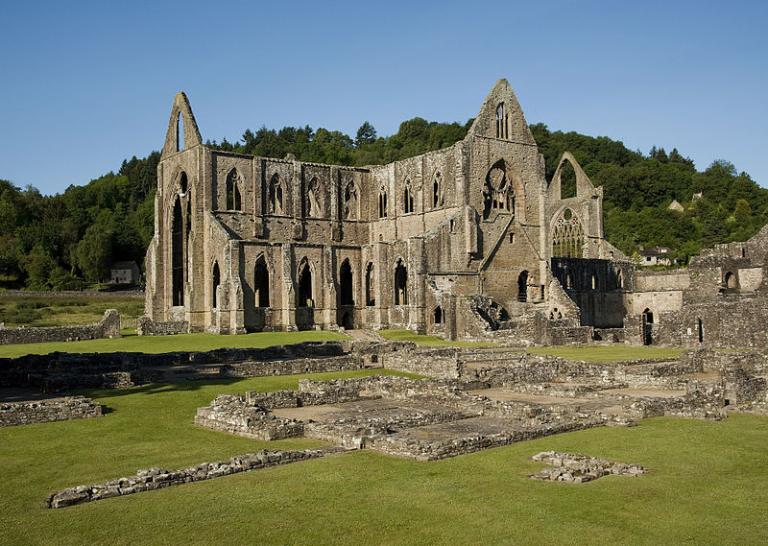
(Wikimedia Commons public domain photo by Saffron Blaze)
Religious disaffiliation is a problem (from my perspective) that interests and challenges me. Perhaps it even represents an opportunity, if approached in the right way. Here are a few links that are relevant to it:
- Pew Research Center: “Around the World, Many People Are Leaving Their Childhood Religions: Surveys in 36 countries find that Christianity and Buddhism have the biggest losses from ‘religious switching’”
- The Jerusalem Post: “Nearly a quarter of Americans raised Jewish have left the religion, survey says: The study surveyed “religious switching” around the world, and found that significant percentages of people raised in religious homes in the US and internationally are now not religious.”
- Christianity Today: “Most Who Switch Religions End Up with None: Global study finds Christian decline, especially in high-income countries.”
- Deseret News: “28% of U.S. adults have switched religions since childhood. Here’s how other countries compare: The majority of the movement highlighted in Pew’s study involved leaving organized religion behind”
- Deseret News: “Perspective: Gen Z is starved for spirituality. That’s reason for hope: 2 years after the ‘Asbury Revival’ broke out on my campus, there’s evidence of a resurgence in faith”
- Deseret News: “The great awakening: Why younger generations are giving faith a chance”
- Deseret News: “A resurgence of faith among men is changing the religious gender gap: Women are still more religious, but young American men are leading to drive to catch up”
- And, from the invaluable Ryan Burge: “Who are filling up the pews? Highly educated parents. And state level estimates of religious attendance, too!”
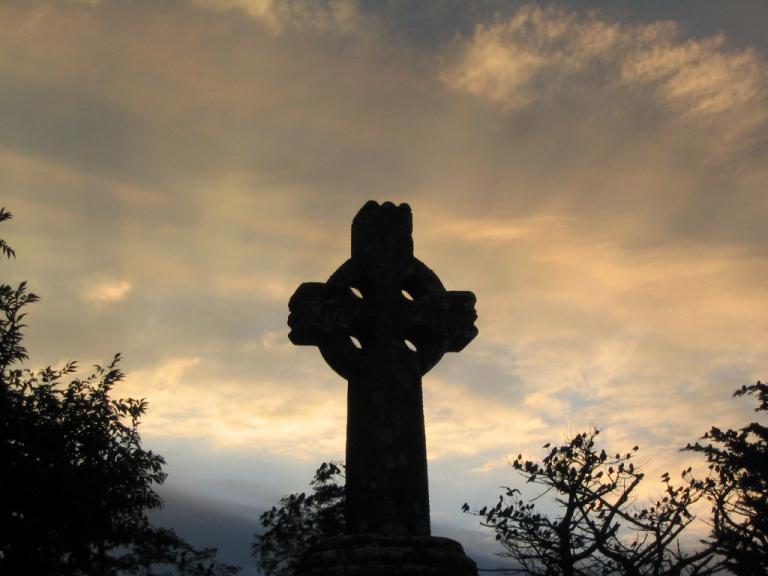
Some may want to put this on their calendars: “BYU Easter Conference”
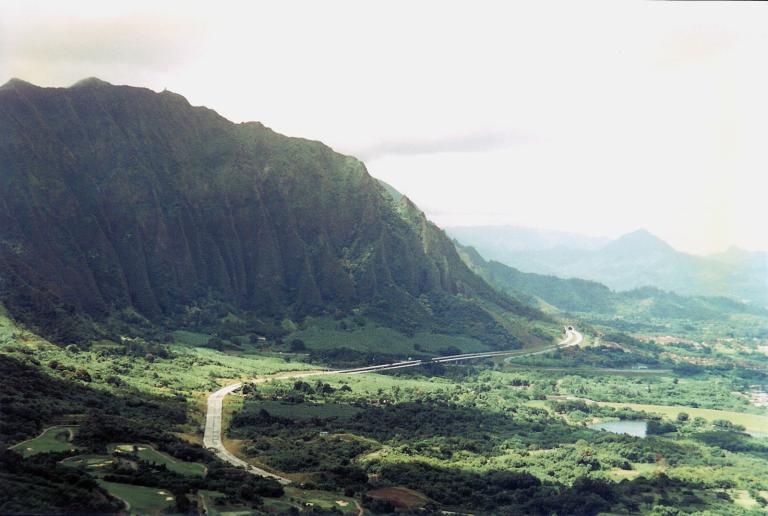
Over at the Peterson Obsession Board a couple of months ago, the prolific poster who calls himself Dumb-Dud (or, anyway, something very like that) announced that he had discovered that I’m a relatively decent human being who has friends, and so forth, and that, based on that astonishing insight, he would no longer be devoting so much time and effort to attacking me in the future.
His resolution lasted for approximately five or six hours, and he’s been back at business as usual ever since. Earlier today, he summarized the results of the several years of study that he’s dedicated to me: I refuse to read, I refuse to learn, I merely repeat well-worn and often irrelevant slogans and have become a rather tiresome parody of myself.
At least one other researcher at the Obsession Board has independently performed the same analysis as Dumb-Dud, and has endorsed his conclusions. And it’s simply inconceivable that they’re both wrong. So I have a question for the folks who read this blog with any degree of regularity: What’s wrong with you? How have you been able to endure my repetitive and deliberately uninformed blathering?
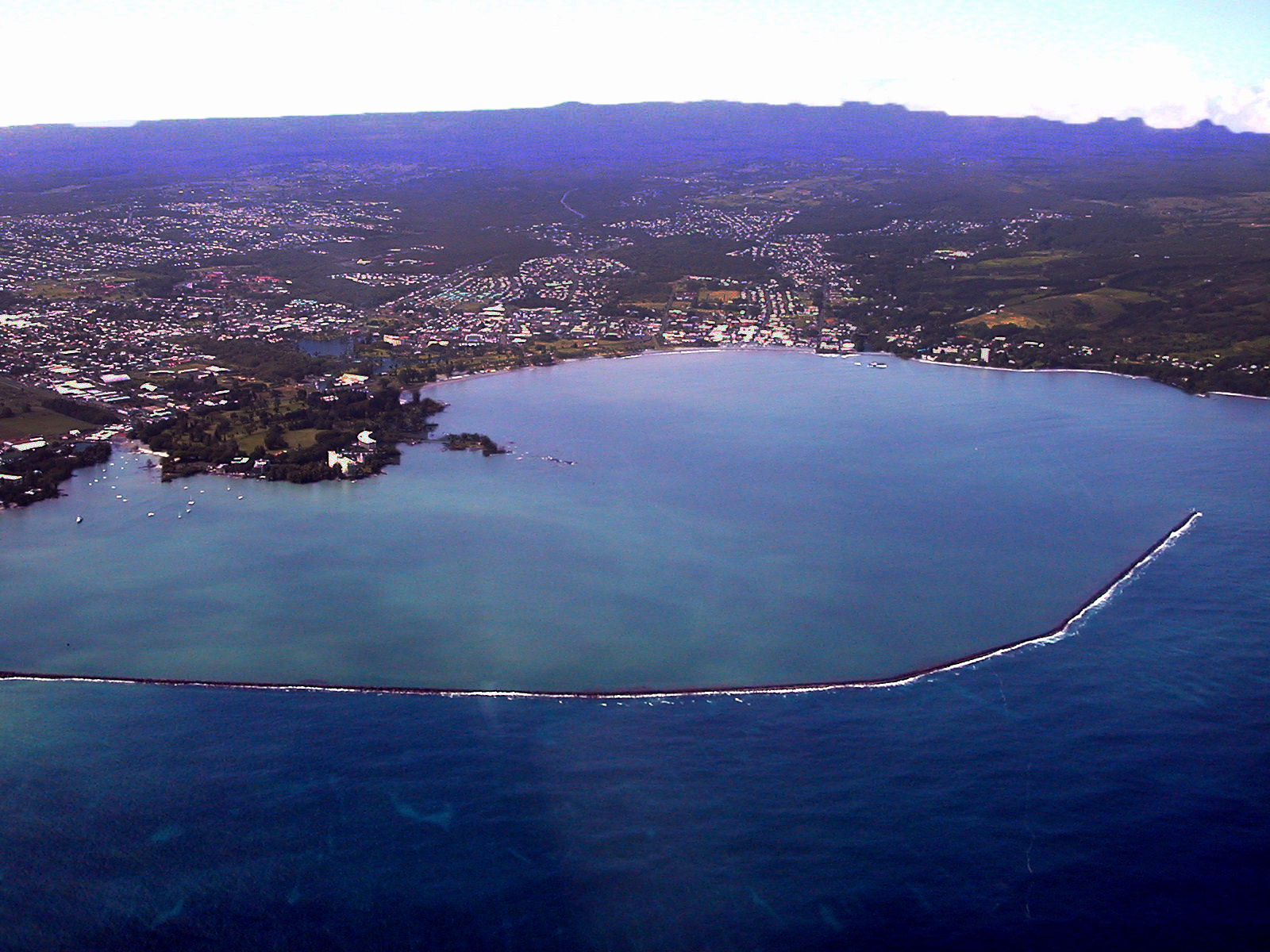
We woke up this morning on Hilo Bay, which is sometimes called “the tsunami capital of the United States.” Why? It’s because the bay’s topography or shape steers tsunamis into Hilo from distant earthquakes. On 1 April 1946, a tsunami generated by an earthquake in the Aleutian Islands killed between 165 and 173 people in Hilo Bay. On 23 May 1960, another tsunami, this one originating in that year’s Valdivia earthquake in Chile (apparently, the most powerful earthquake ever recorded), killed 61 people in Hilo. The Pacific Tsunami Warning Center was established largely as a result of those two tsunamis.
The Big Island was shrouded almost completely in clouds as we ascended out of Hilo International Airport, but two enormous mountains rose up out of the fog. I’m assuming that they were Mauna Loa and Kilauea — two of the five volcanoes that created the island. (The others are Kohala, Mauna Kea, and Hualālai.)
We landed in Honolulu and, after dropping off our luggage at our hotel, we paid a visit to the National Memorial Cemetery of the Pacific, sometimes called “the Arlington of the Pacific,” in the crater of the Punchbowl. It’s a powerful place. A solemn place. I think that I still remember my first visit to it at the age of five. I couldn’t help but think of one modern president’s response to Arlington National Cemetery itself on Memorial Day some years ago. “I don’t get it,” he is supposed to have remarked to the former four-star general who would shortly become his White House chief of staff and whose own son, killed in Afghanistan at the age of twenty-nine, was buried near where they stood. “What was in it for them?”
From the Punch Bowl, we drove up to the Nuʻuanu Pali, which offers a spectacular overlook down onto the other side of the island from Honolulu. Nuʻuanu Pali was also the site of the Battle of Nuʻuanu, one of the bloodiest military encounters in Hawaiian history. Having already sailed from his home island of Hawai’i to conquer Maui and Moloka’i, Kamehameha I (aka “Kamehameha the Great”) invaded the island of Oʻahu. The pivotal battle for the island occurred in May 1795 in Nuʻuanu Valley, where the island’s defenders were driven back up into the valley, trapped above the cliff, and then forced by Kamehamehaʻs warriors to fall to their deaths. Approximately 400 warriors died in the battle.
I’ve never understood why Kamehameha is called “the Great,” nor why his name and his statues show up all over Hawai’i. Yes, he unified Hawai’i under a single ruler. But for what? Simply because he wanted to own all of the islands? Why? Did he have progressive new ideas to help people? Didn’t he have enough poi to eat? Was his grass-hut palace on the Big Island too small? How many people had to die for him to gratify his pointless ambition? Why, again, do we call such men “great”? I’ll bet that there’s a different standard in heaven for greatness. And there should be a different one on Earth, as well.
On a much more positive note: We bought our dinner on Saturday evening from Adela’s Country Eatery in Kaneohe. I recommend it very, very highly. However, you should know — we didn’t — that it’s a take-out place. It’s tiny, it was crowded, parking is difficult, and there is no place in it to sit and eat. No tables and no chairs. We placed our order and then returned for it forty minutes later. Had we known, we would have called our order in. But, again, if you like noodle dishes and you’re ever in the area, try Adela’s Country Eatery. (I have received no compensation for this commercial statement.)

I don’t think that I’ve already shared this horror from the Christopher Hitchens Memorial “How Religion Poisons Everything” File™, so here it is: “An inside view of how Latter-day Saint humanitarian aid spending happens and the impact it has: The most important part of the annual ‘Caring For Those in Need’ report issued Tuesday by The Church of Jesus Christ of Latter-day Saints isn’t the $1.45 billion it provided in 2024”
Posted from Honolulu, Oʻahu, Hawai’i


